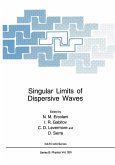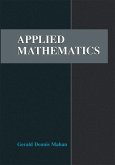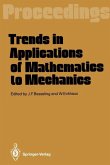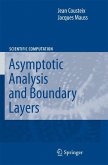The subject, of "Singular Limits of Dispersive vVaves" had its modern origins in the 1960's when Whitham introduced the first systematic approach to the asymptotic analysis of nonlinear wavepackds. Initially developed through a variational principle applied to the modulation of families of traveling wave solutions, he soon realized that an efficient derivation of modulation eq'uations could b(' accomplished by av eraging local conservation laws. He carried out this analysis for a wide variety of dispersive nonlinear wave equations including the nonlinear Klein Gordon, KdV, and NLS equations. The seminal work of Gardner, Greene, Kruskal and Miura led to the discovery of partial differential equations which are completely integrable through inverse spectral transforms. This provided a larger framework in which to develop modulation theory. In particular, one could consider the local modulation of families of quasiperiodic so lutions with an arbitrary number ofphases. extending the sillglf' phase traveling waves treated Ly Vhitham. The first to extend vVhitham's ideas to the mllltiphase setting were Flaschka, Forest and lvIcLaughlin, who derived N-phase modulation equations for the KdV equation. By using geometric techniques from the theory of Riemann surfaces they presented these equations in Riemann invariant form and demonstrated their hyperbolicity.








